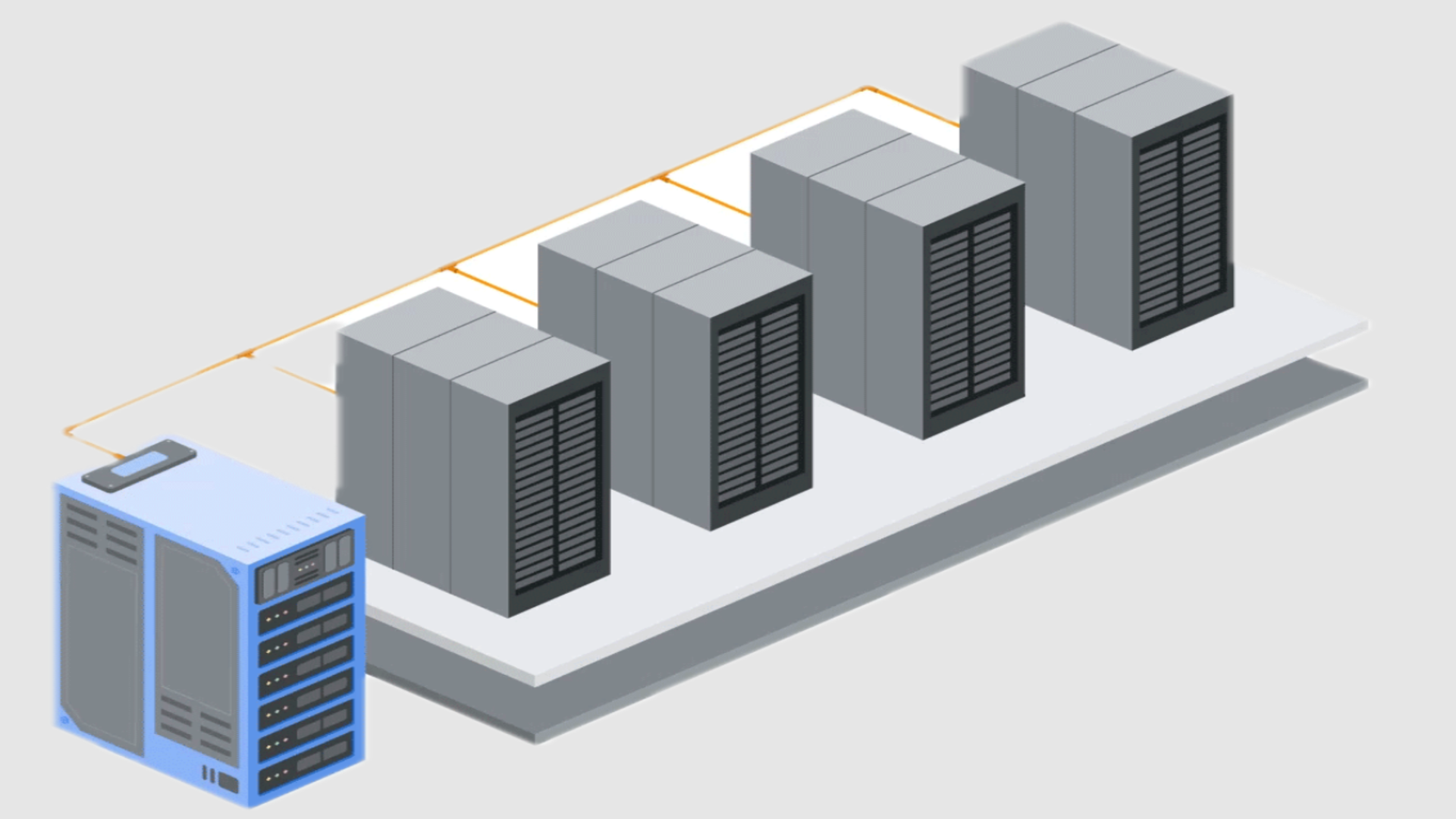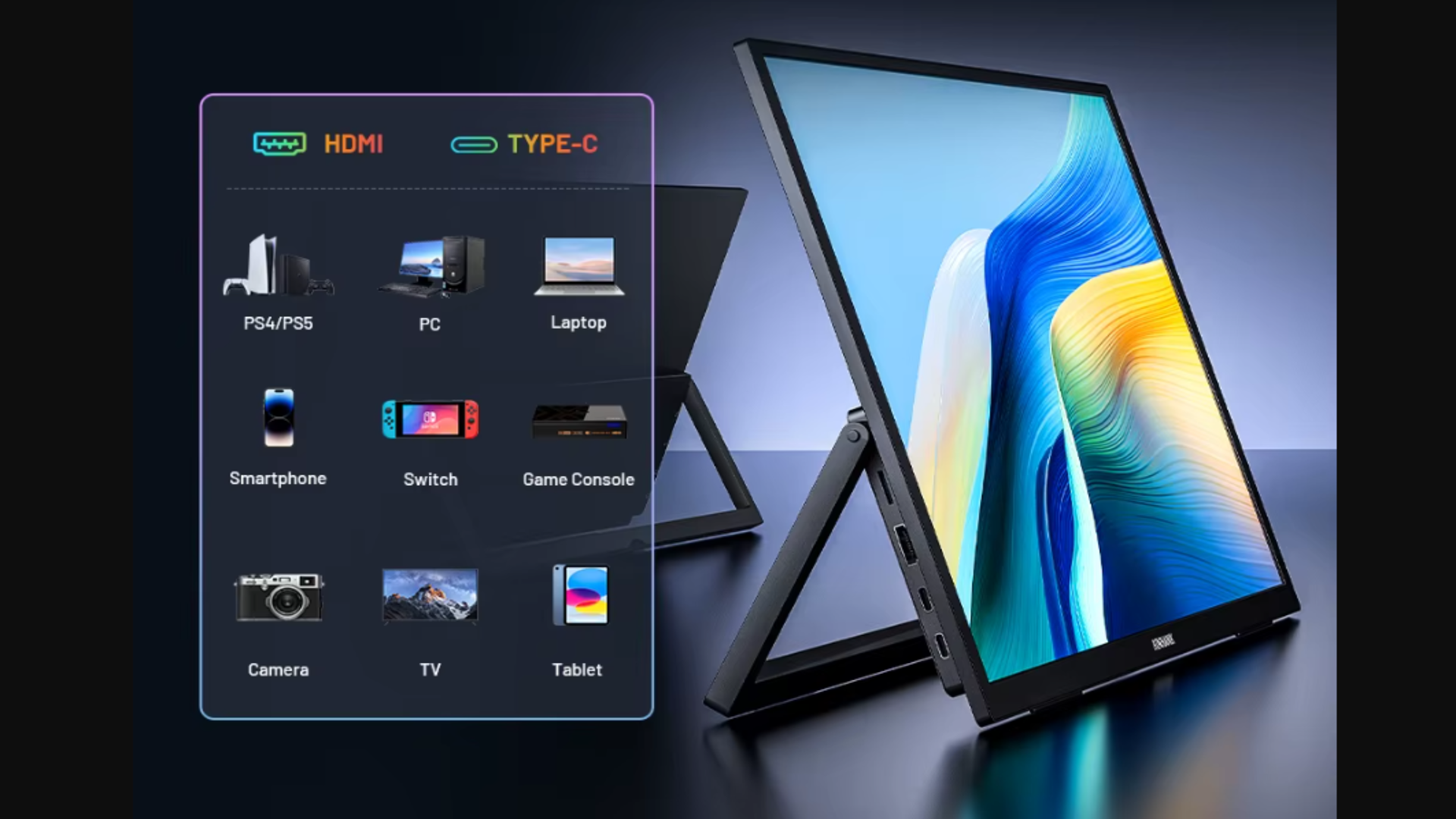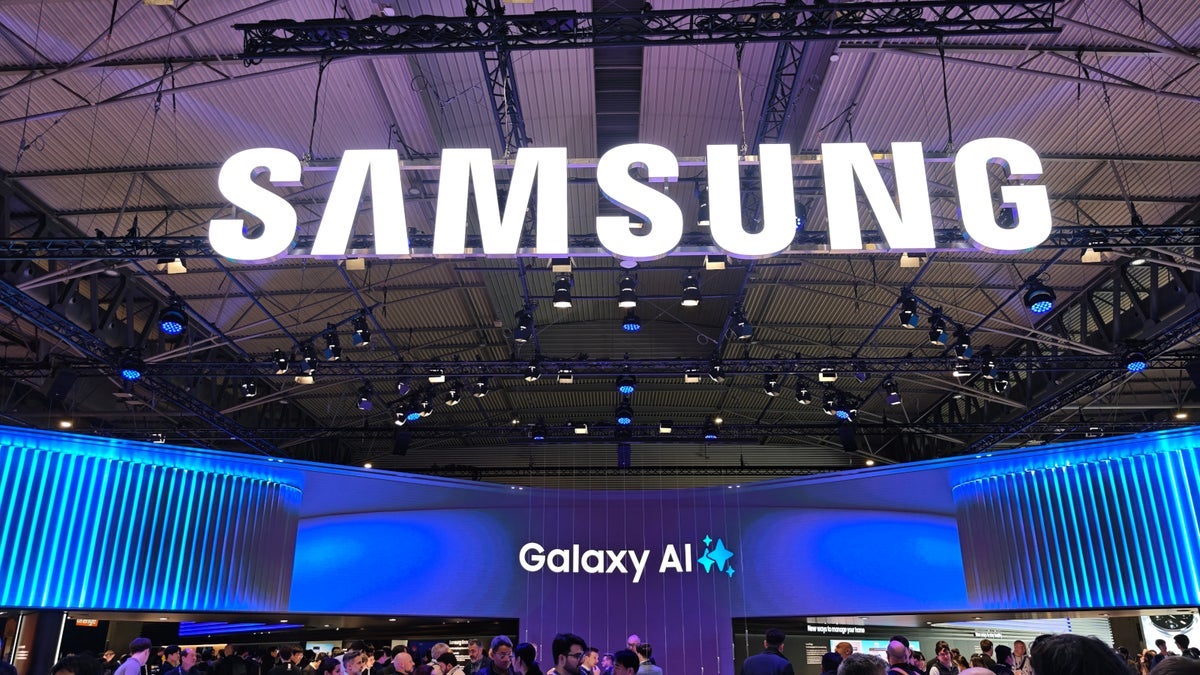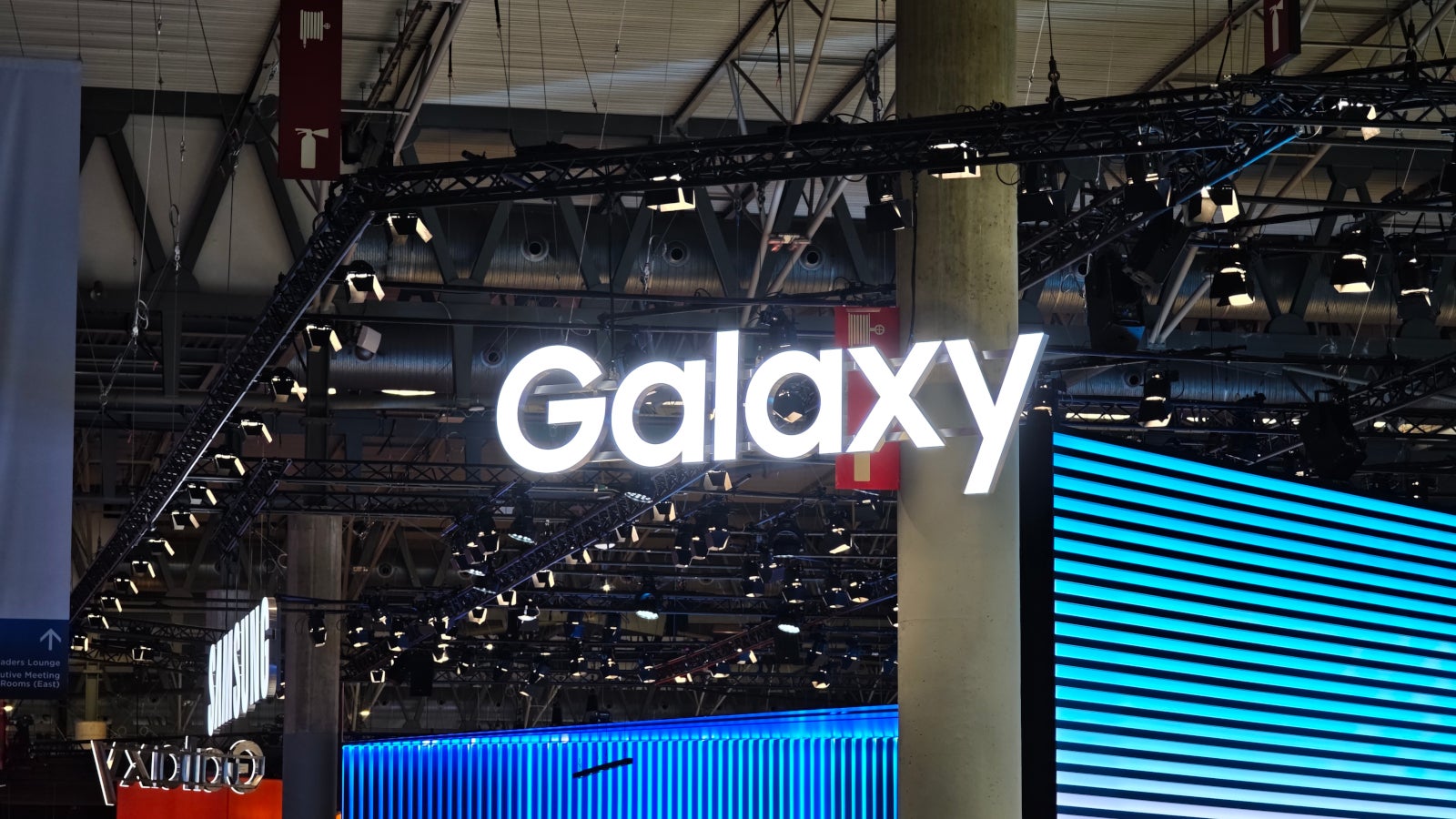Unveiling GNU Lesser General Public License 2.0: A Comprehensive Exploration and Future Perspectives
Abstract This post offers an extensive exploration of the GNU Lesser General Public License (LGPL) 2.0, delving into its historical origins, core principles, modern applications, and future outlook. We discuss its balanced copyleft approach, dual licensing challenges, and adoption in open source ecosystems. In addition, we compare LGPL 2.0 with complementary licenses like the MIT and Apache licenses and touch on emerging funding models and blockchain integration. With tables, bullet lists, and strategic links to authoritative sources—including our original article—this post serves both as an educational resource and a guide for developers, legal professionals, and technology enthusiasts. Introduction The GNU Lesser General Public License 2.0 is a cornerstone in the realm of open source licensing. It emerged from the efforts of the Free Software Foundation (FSF) to create a license that protects developer contributions while allowing for integration with proprietary software modules. In today’s evolving software landscape, understanding LGPL 2.0 is crucial—not only as a historical artifact but also as a living document that influences modern open source practices. This post explains why LGPL 2.0 remains relevant, examines its features and challenges, and provides insight into future innovations such as blockchain integration and sustainable funding models. Background and Context The origin of LGPL 2.0 can be traced back to the early 1990s when the demand for a balanced licensing model was growing. Richard Stallman and the FSF developed the original GPL to guarantee software freedom and protect intellectual property. However, as developers began building libraries and middleware that needed to interact with proprietary software, there was a call for a license with less strict linking requirements. Thus, the GNU Lesser General Public License was introduced. Key Historical Milestones: 1990s: Emergence of the GPL and the need for a more flexible license for software libraries. Introduction of LGPL 2.0: Addressed the “viral” nature of full GPL by allowing proprietary software linking. Modern Usage: LGPL licenses have been widely adopted in projects ranging from the Linux kernel ecosystem to enterprise middleware. The LGPL 2.0 summary provided on License Token offers detailed insights, while resources from the Free Software Foundation and discussions on Hacker News further contextualize its relevance today. Core Concepts and Features LGPL 2.0 is often described as a "middle-ground" license that blends aspects of copyleft with permissive licensing. Below are the core features that make it unique: Balanced Copyleft: Unlike the GNU GPL, which mandates that entire derivative works fall under the same license, LGPL 2.0 allows proprietary programs to link to LGPL libraries without inheriting the same licensing requirements. This encourages wider adoption while still ensuring that modifications to the library remain under open source terms. Legal Clarity and Flexibility: LGPL 2.0 offers understandable legal guidelines for dynamic linking and modifications. It protects developers by ensuring that any improvements to the library are available to the community. Community-Centric Approach: The license has been pivotal in fostering collaborative environments. Open source communities appreciate its balance as it allows developers to contribute with the assurance that their work will benefit projects on both open and proprietary fronts. Interoperability with Proprietary Software: The license specifically addresses the needs of projects that require linking with closed source code, hence promoting innovation across diverse fields of software development. Below is a table that compares key aspects of LGPL 2.0 with other popular licenses such as the MIT License and Apache License 2.0: Aspect GNU LGPL 2.0 MIT License Apache License 2.0 Copyleft Nature Balanced copyleft – modifications to libraries must remain open Permissive – minimal requirements Permissive – with patent grants and clear guidelines Linking Flexibility Allows dynamic linking with proprietary code Full freedom for linking Highly flexible with clear modification rights Developer Compensation Mainly donation-based; lacks direct monetization mechanisms Relies on donations or external commercial strategies Commercial support models are common Adoption and Ecosystem Widely used in libraries and middleware, especially in Linux-based projects Extremely popular in web applications and startups Employed by many corporate-sponsored projects Legal Complexity More intricate than MIT due to copyleft provisions Straightforward Clear legal frameworks with patent clauses Applications and Use Cases LGPL 2.0 finds application across numerous technological domains. Here are a few practical examples illustrating its versatility: Enterprise Middleware Libraries: Many libraries licensed under LGPL
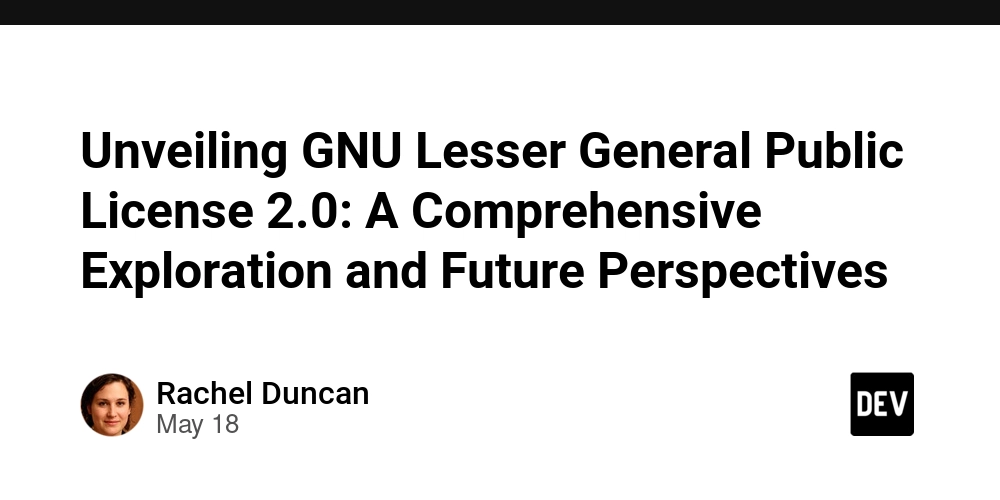
Abstract
This post offers an extensive exploration of the GNU Lesser General Public License (LGPL) 2.0, delving into its historical origins, core principles, modern applications, and future outlook. We discuss its balanced copyleft approach, dual licensing challenges, and adoption in open source ecosystems. In addition, we compare LGPL 2.0 with complementary licenses like the MIT and Apache licenses and touch on emerging funding models and blockchain integration. With tables, bullet lists, and strategic links to authoritative sources—including our original article—this post serves both as an educational resource and a guide for developers, legal professionals, and technology enthusiasts.
Introduction
The GNU Lesser General Public License 2.0 is a cornerstone in the realm of open source licensing. It emerged from the efforts of the Free Software Foundation (FSF) to create a license that protects developer contributions while allowing for integration with proprietary software modules. In today’s evolving software landscape, understanding LGPL 2.0 is crucial—not only as a historical artifact but also as a living document that influences modern open source practices. This post explains why LGPL 2.0 remains relevant, examines its features and challenges, and provides insight into future innovations such as blockchain integration and sustainable funding models.
Background and Context
The origin of LGPL 2.0 can be traced back to the early 1990s when the demand for a balanced licensing model was growing. Richard Stallman and the FSF developed the original GPL to guarantee software freedom and protect intellectual property. However, as developers began building libraries and middleware that needed to interact with proprietary software, there was a call for a license with less strict linking requirements. Thus, the GNU Lesser General Public License was introduced.
Key Historical Milestones:
- 1990s: Emergence of the GPL and the need for a more flexible license for software libraries.
- Introduction of LGPL 2.0: Addressed the “viral” nature of full GPL by allowing proprietary software linking.
- Modern Usage: LGPL licenses have been widely adopted in projects ranging from the Linux kernel ecosystem to enterprise middleware.
The LGPL 2.0 summary provided on License Token offers detailed insights, while resources from the Free Software Foundation and discussions on Hacker News further contextualize its relevance today.
Core Concepts and Features
LGPL 2.0 is often described as a "middle-ground" license that blends aspects of copyleft with permissive licensing. Below are the core features that make it unique:
Balanced Copyleft:
Unlike the GNU GPL, which mandates that entire derivative works fall under the same license, LGPL 2.0 allows proprietary programs to link to LGPL libraries without inheriting the same licensing requirements. This encourages wider adoption while still ensuring that modifications to the library remain under open source terms.Legal Clarity and Flexibility:
LGPL 2.0 offers understandable legal guidelines for dynamic linking and modifications. It protects developers by ensuring that any improvements to the library are available to the community.Community-Centric Approach:
The license has been pivotal in fostering collaborative environments. Open source communities appreciate its balance as it allows developers to contribute with the assurance that their work will benefit projects on both open and proprietary fronts.Interoperability with Proprietary Software:
The license specifically addresses the needs of projects that require linking with closed source code, hence promoting innovation across diverse fields of software development.
Below is a table that compares key aspects of LGPL 2.0 with other popular licenses such as the MIT License and Apache License 2.0:
| Aspect | GNU LGPL 2.0 | MIT License | Apache License 2.0 |
|---|---|---|---|
| Copyleft Nature | Balanced copyleft – modifications to libraries must remain open | Permissive – minimal requirements | Permissive – with patent grants and clear guidelines |
| Linking Flexibility | Allows dynamic linking with proprietary code | Full freedom for linking | Highly flexible with clear modification rights |
| Developer Compensation | Mainly donation-based; lacks direct monetization mechanisms | Relies on donations or external commercial strategies | Commercial support models are common |
| Adoption and Ecosystem | Widely used in libraries and middleware, especially in Linux-based projects | Extremely popular in web applications and startups | Employed by many corporate-sponsored projects |
| Legal Complexity | More intricate than MIT due to copyleft provisions | Straightforward | Clear legal frameworks with patent clauses |
Applications and Use Cases
LGPL 2.0 finds application across numerous technological domains. Here are a few practical examples illustrating its versatility:
Enterprise Middleware Libraries:
Many libraries licensed under LGPL 2.0 are integrated into both proprietary and open source enterprise systems. For instance, libraries used in custom software solutions in finance and telecommunications often rely on LGPL’s balanced approach to ensure stability and innovation.Embedded Systems and IoT:
Components in embedded systems and IoT devices frequently use LGPL libraries. These libraries allow device manufacturers to build advanced functionalities without the burden of switching the entire software stack to an open source model.Academic and Research Projects:
Research institutions and universities leverage LGPL 2.0 licensed libraries due to their flexible licensing nature. Such projects benefit from community contributions while ensuring that the intellectual property remains open for further academic inquiry.
Bullet List of Key Benefits:
- Legal Assurance: Developers are assured that their modifications remain accessible.
- Flexibility: Integration with proprietary software is feasible without license conflicts.
- Community Growth: Encourages sharing and collaboration, resulting in faster innovation.
- Stable Legacy Projects: Ensures backward compatibility and long-term stability in evolving ecosystems.
Challenges and Limitations
Despite its strengths, LGPL 2.0 faces certain challenges and limitations that are important to consider:
Dual Licensing Complexities:
Although LGPL 2.0 allows for some flexibility in integrating with proprietary software, dual licensing remains legally complex. This often requires additional legal consultation to reconcile differences between open source and commercial licensing models. Resources like the Apache License 2.0 provide alternative approaches that some projects find more straightforward.Enforcement and Compatibility Issues:
Enforcement of the license can be challenging due to the inherent complexities of legal language. Integrating LGPL-licensed code with code under more permissive licenses (such as the MIT License) can sometimes lead to ambiguities and disputes over intellectual property.Limited Compensation Mechanisms:
Unlike newer models such as blockchain-based licensing offered by alternatives like the OCTL, LGPL 2.0 does not include built-in mechanisms for direct developer compensation. Funding remains largely donation-based, which may not be sufficient to support large-scale projects in a competitive market.Risks Associated with Unattributed Contributions:
Open source projects relying solely on LGPL may face challenges when contributions are made without formal Contributor License Agreements (CLAs). This poses risks related to intellectual property disputes and enforcement issues, as discussed in forums such as Stack Overflow and Hacker News.
Future Outlook and Innovations
Looking ahead, the landscape of open source licensing is evolving with new technological innovations and funding models. Here are some trends and innovations that may shape the future of LGPL 2.0 and similar licenses:
Blockchain Integration for Transparency and Compensation:
Emerging models integrate blockchain technology to track contributions and enable direct, transparent compensation for developers. For more on this transformative approach, consider reading about the OCTL whitepaper.Hybrid Licensing Models:
There is growing interest in licenses that blend traditional open source principles with proprietary licensing elements. Such hybrid models aim to balance the protection of developer rights with sustainable funding mechanisms. This future hybrid approach may overcome some limitations of the current LGPL structure.Enhanced Dual Licensing Strategies:
With increasing demands for both open source and commercial flexibility, developers are exploring better ways to implement dual licensing. Best practices are emerging which might further evolve LGPL or inspire new licensing frameworks that simplify legal challenges.Increased Community-Driven Funding Initiatives:
Mature open source projects are increasingly turning to community-driven funding platforms, sponsorship programs (such as GitHub Sponsors and others), and innovative revenue-sharing models that can work alongside LGPL licensing to provide sustainable funding.Ongoing Legal Revisions:
As technology trends shift, there may be updated versions or alternative licenses that address current challenges. Discussions on platforms like Twitter (FSF) and GitHub reflect community interests in revisiting and modernizing these legal frameworks.
Additional Reading on Related Topics:
- Unveiling GNU Lesser General Public License 2.0: A Comprehensive Summary, Exploration and Review
- MIT License Overview
- Apache License 2.0 Details
From a developer’s perspective, these innovations could usher in a new era where both open source values and commercial aspects receive balanced attention.
Dev.to Insights and External Perspectives
Community insights from platforms such as Dev.to further enrich this discussion. Notable contributions include:
- Unveiling GNU Lesser General Public License v3: A Comprehensive Exploration which draws parallels and contrasts with LGPL 2.0.
- Unveiling Parity Public License 7.00 – A Comprehensive Guide to Fair Code, Dual Licensing, and Beyond that offers insights into dual licensing challenges.
- Unlocking Blockchain Innovation with Arbitrum: A Developer’s Guide which, while blockchain-focused, underscores the need for innovative licensing to sustain open source efforts.
These articles demonstrate that the intersection of open source funding, fair code principles, and even blockchain technology is driving an exciting conversation about the future of licensing.
Summary
In summary, GNU LGPL 2.0 stands as a robust and influential license that has underpinned key open source projects for decades. Its balanced copyleft approach has enabled seamless integration with proprietary systems while ensuring that modifications remain publicly available. However, challenges such as dual licensing complexities, enforcement issues, and limited compensation models highlight areas where innovation is needed.
Key takeaways include:
- Historical significance: LGPL 2.0 evolved to meet the distinct needs of libraries and middleware, offering a balanced alternative to stricter copyleft licenses.
- Core strengths: Its legal clarity, controlled viral nature, and community receptiveness make it an enduring choice for many projects.
- Modern challenges: Enforcement, compatibility with more permissive licenses, and lack of direct monetization mechanisms require ongoing attention.
- Future directions: Emerging blockchain-based models, hybrid licensing frameworks, and community funding initiatives promise to shine a new light on open source sustainability.
For developers and organizations, understanding the nuances of LGPL 2.0 is essential when deciding on a licensing model that best fits both innovation and sustainable funding. As the ecosystem evolves, projects must weigh the strengths of established licenses against new, evolving models.
Final Recommended Reading and Resources:
- FSF Official Site
- GNU Lesser General Public License 2.0 Text
- License Token Homepage
- Hacker News Licensing Discussions
- Stack Overflow on Open Source Licensing
By staying informed and engaging with community discussions across platforms like Dev.to, GitHub, and Twitter, developers can make educated decisions on licensing strategies that foster innovation while ensuring fairness and sustainability.
In this post, we have explored the multifaceted aspects of GNU LGPL 2.0—from its historical roots to its modern-day applications and challenges. Embracing innovative funding models and adapting to changing technological landscapes will be fundamental to the future of open source licensing.
Happy coding and may your projects flourish under a license that respects both community innovation and sustainable growth!












































































































































































![[The AI Show Episode 146]: Rise of “AI-First” Companies, AI Job Disruption, GPT-4o Update Gets Rolled Back, How Big Consulting Firms Use AI, and Meta AI App](https://www.marketingaiinstitute.com/hubfs/ep%20146%20cover.png)














































































































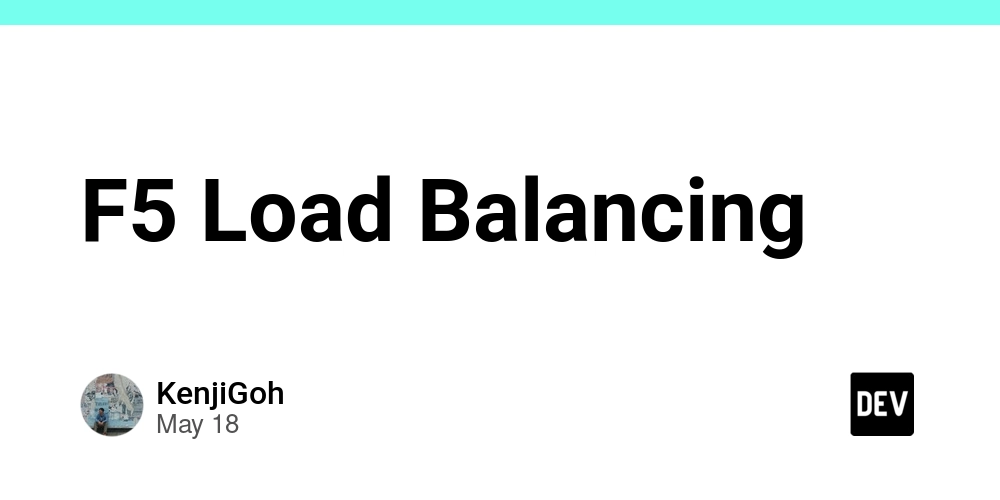











![[FREE EBOOKS] Modern Generative AI with ChatGPT and OpenAI Models, Offensive Security Using Python & Four More Best Selling Titles](https://www.javacodegeeks.com/wp-content/uploads/2012/12/jcg-logo.jpg)




![How to make Developer Friends When You Don't Live in Silicon Valley, with Iraqi Engineer Code;Life [Podcast #172]](https://cdn.hashnode.com/res/hashnode/image/upload/v1747360508340/f07040cd-3eeb-443c-b4fb-370f6a4a14da.png?#)


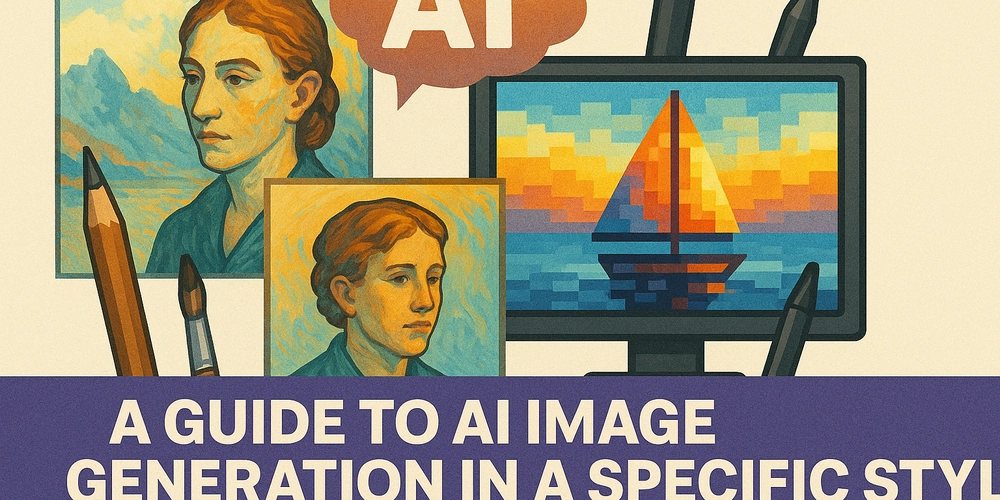

























































































































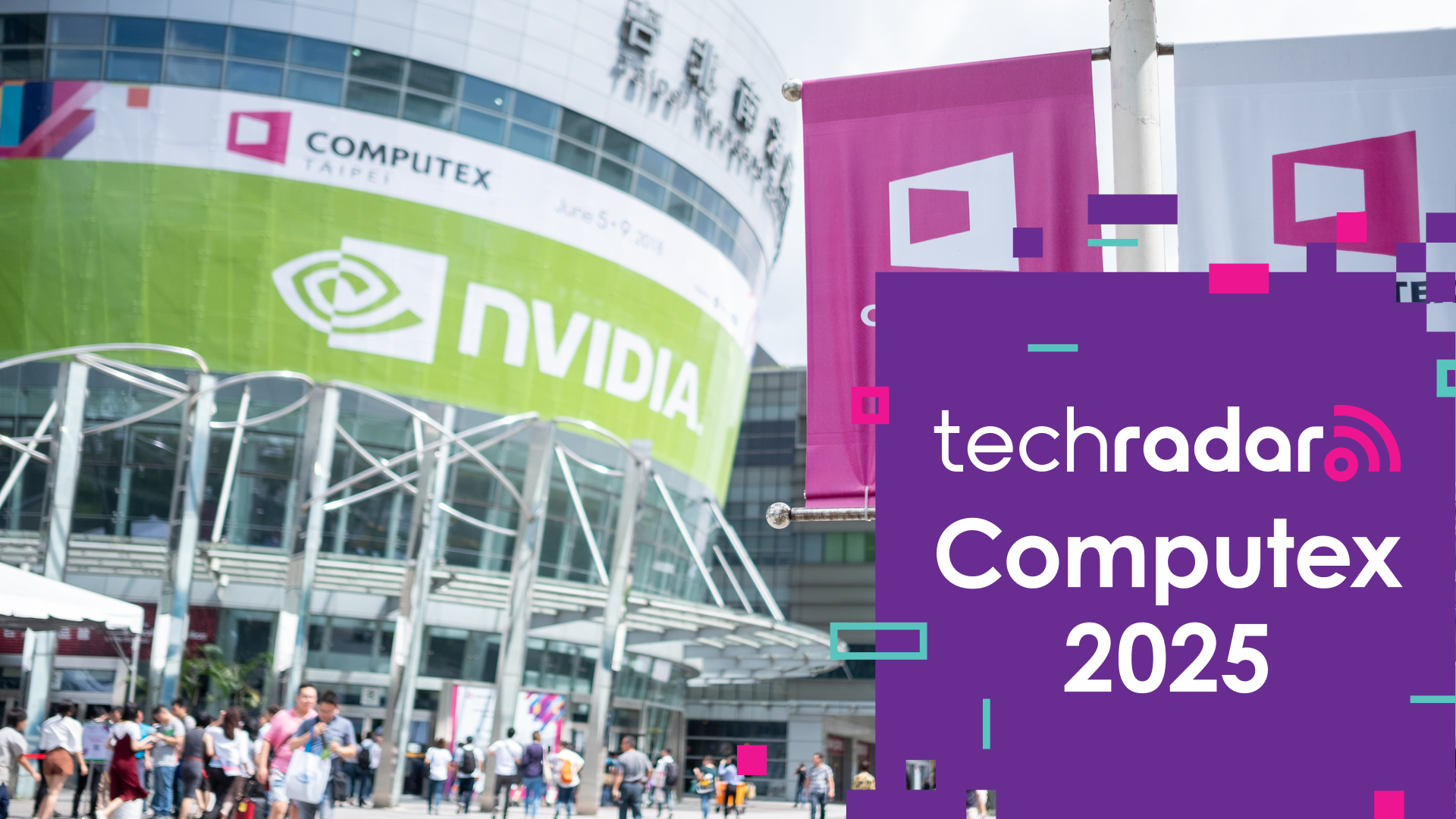












![[Virtual Event] Strategic Security for the Modern Enterprise](https://eu-images.contentstack.com/v3/assets/blt6d90778a997de1cd/blt55e4e7e277520090/653a745a0e92cc040a3e9d7e/Dark_Reading_Logo_VirtualEvent_4C.png?width=1280&auto=webp&quality=80&disable=upscale#)




































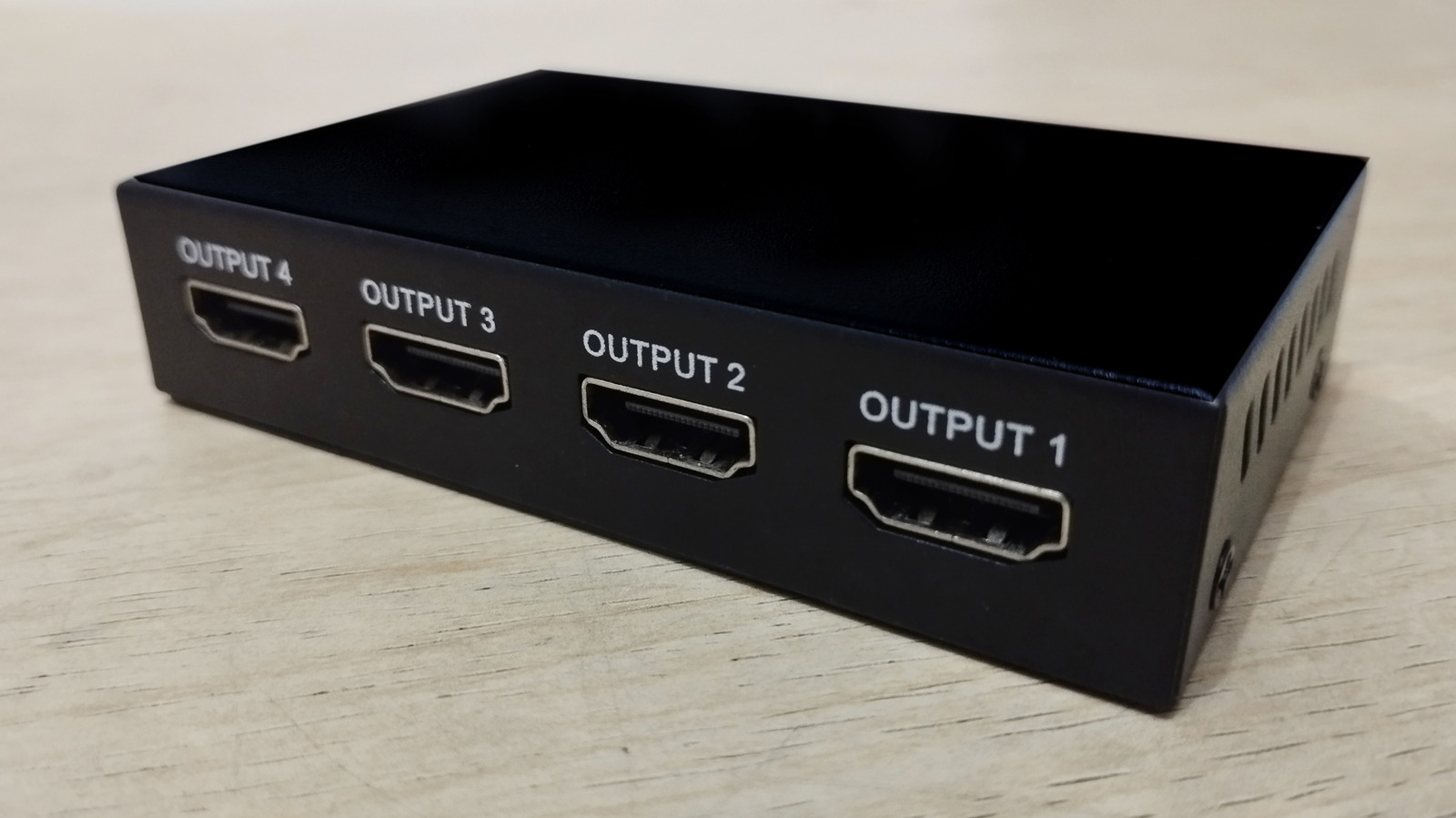










































-xl-(1)-xl-xl.jpg)


























![iPhone 17 Air Could Get a Boost From TDK's New Silicon Battery Tech [Report]](https://www.iclarified.com/images/news/97344/97344/97344-640.jpg)
![Vision Pro Owners Say They Regret $3,500 Purchase [WSJ]](https://www.iclarified.com/images/news/97347/97347/97347-640.jpg)
![Apple Showcases 'Magnifier on Mac' and 'Music Haptics' Accessibility Features [Video]](https://www.iclarified.com/images/news/97343/97343/97343-640.jpg)
![Sony WH-1000XM6 Unveiled With Smarter Noise Canceling and Studio-Tuned Sound [Video]](https://www.iclarified.com/images/news/97341/97341/97341-640.jpg)















